HVAC systems, or Heating, Ventilation, and Air Conditioning systems, are the unsung heroes of our indoor comfort. In this essay, we’ll embark on a journey to uncover the intricate workings of HVAC systems, shedding light on how they create the perfect indoor environment.
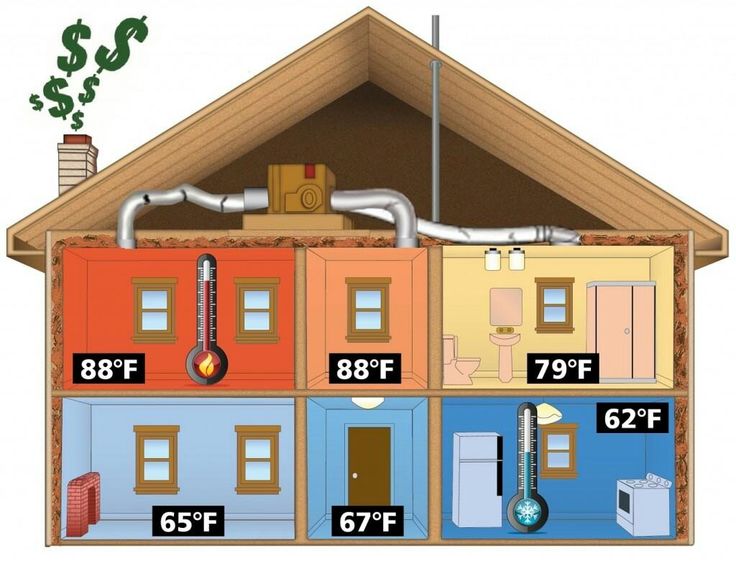
Heating and Cooling:
HVAC systems regulate indoor temperatures, keeping us warm in the winter and cool in the summer. Heating is often achieved through furnaces, boilers, or heat pumps, while cooling involves air conditioners or heat pumps that extract heat from indoor air.
Ventilation for Fresh Air:
Ventilation plays a crucial role in maintaining air quality. HVAC systems circulate and exchange indoor air with fresh outdoor air. This not only removes pollutants and odors but also ensures proper humidity levels, preventing the growth of mold and maintaining comfort.
The Air Filtration Dance:
Air filtration is a key component of HVAC systems. Filters trap particles like dust, pollen, and allergens, enhancing indoor air quality. Advanced filters can even capture microscopic contaminants, contributing to healthier breathing environments.
Zoning for Efficiency:
Modern HVAC systems offer zoning capabilities. This means different areas of a building can be controlled separately, optimizing comfort and energy efficiency. Unused rooms can be cooled or heated less, conserving energy and reducing bills.
Energy Efficiency Matters:
HVAC systems have a substantial impact on energy consumption. Energy-efficient HVAC units and proper insulation reduce energy waste, resulting in lower utility bills and a smaller environmental footprint.
Regular Maintenance:
Proper maintenance is essential to keep HVAC systems running smoothly. Regular checks, cleaning, and tune-ups not only extend the system’s lifespan but also ensure optimal performance.
Conclusion:
HVAC systems are the architects of our indoor comfort, quietly orchestrating heating, cooling, ventilation, and air purification. By understanding their intricate functions and the importance of regular maintenance, we can bask in the luxury of a perfectly balanced indoor environment.
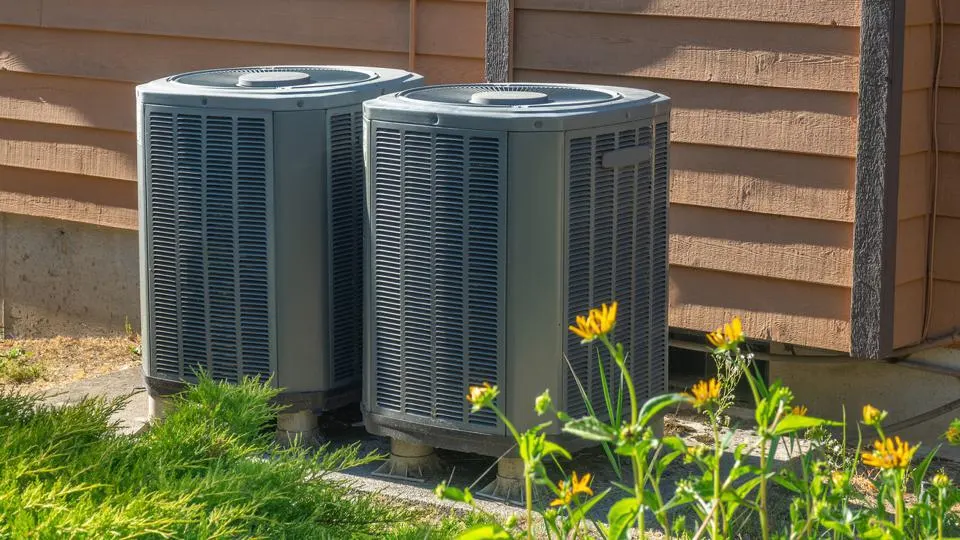
Navigating HVAC Systems – The Science of Indoor Comfort
HVAC systems, short for Heating, Ventilation, and Air Conditioning systems, are the backbone of our indoor comfort. In this essay, we’ll embark on a journey to demystify the complexity of HVAC systems, unraveling the science behind maintaining cozy and breathable indoor environments.
Temperature Mastery:
The core function of HVAC systems is temperature control. In cold weather, heating mechanisms like furnaces and heat pumps kick in to warm our spaces. Conversely, air conditioners and heat pumps provide cooling relief during hot spells by extracting heat from indoors.
Air Circulation and Freshness:
Ventilation is the unsung hero of indoor air quality. HVAC systems ensure a steady exchange of indoor and outdoor air, ridding indoor spaces of stale air and pollutants. Proper ventilation keeps humidity levels in check, curbing mold growth and fostering a comfortable atmosphere.
The Filtration Symphony:
Air filtration takes center stage in ensuring clean air. Filters trap particles such as dust and allergens, enhancing indoor air quality. More advanced filters capture even tinier particles, contributing to healthier air that’s easier on the lungs.
Zoning for Precision:
Modern HVAC systems introduce the concept of zoning. Different parts of a building can be regulated independently, tailoring comfort while optimizing energy use. This means empty rooms don’t need to be heated or cooled as much, leading to energy savings.
Embracing Energy Efficiency:
Energy efficiency is a cornerstone of HVAC systems. Opting for energy-efficient units and maintaining proper insulation minimizes energy waste. This translates to lower utility bills and a reduced environmental impact.
Routine TLC:
Like any system, HVAC systems require regular care. Routine maintenance, including checks, cleaning, and adjustments, not only prolongs the lifespan of the system but also ensures peak performance.
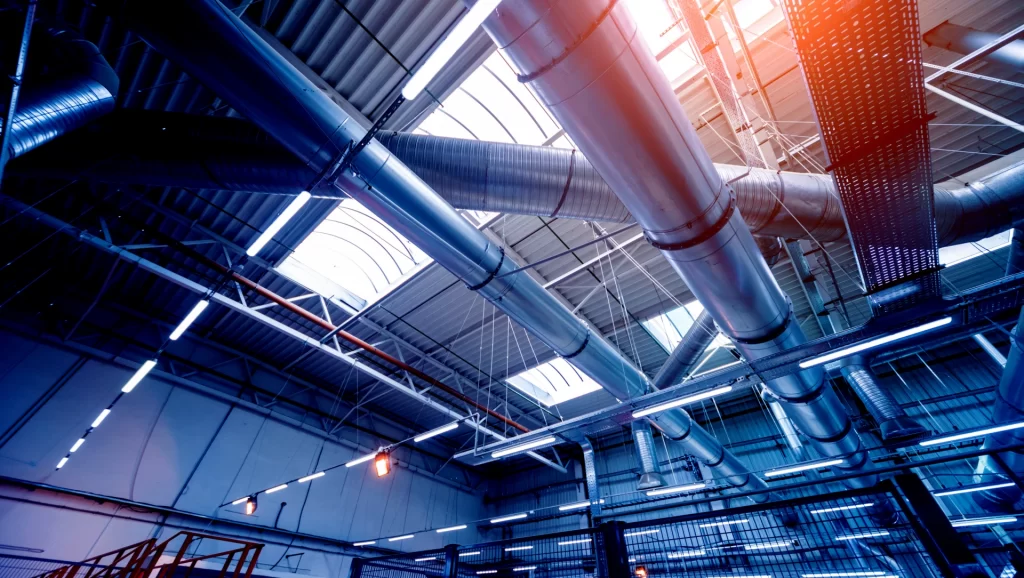
In Conclusion:
HVAC systems are the puppet masters behind our indoor well-being, orchestrating temperature, air quality, and comfort. By understanding their mechanics and valuing their upkeep, we can create spaces where comfort and health coexist harmoniously.





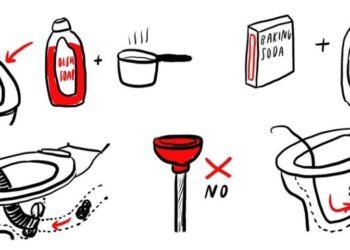
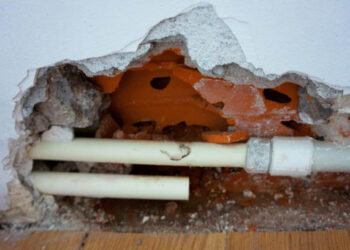















Discussion about this post